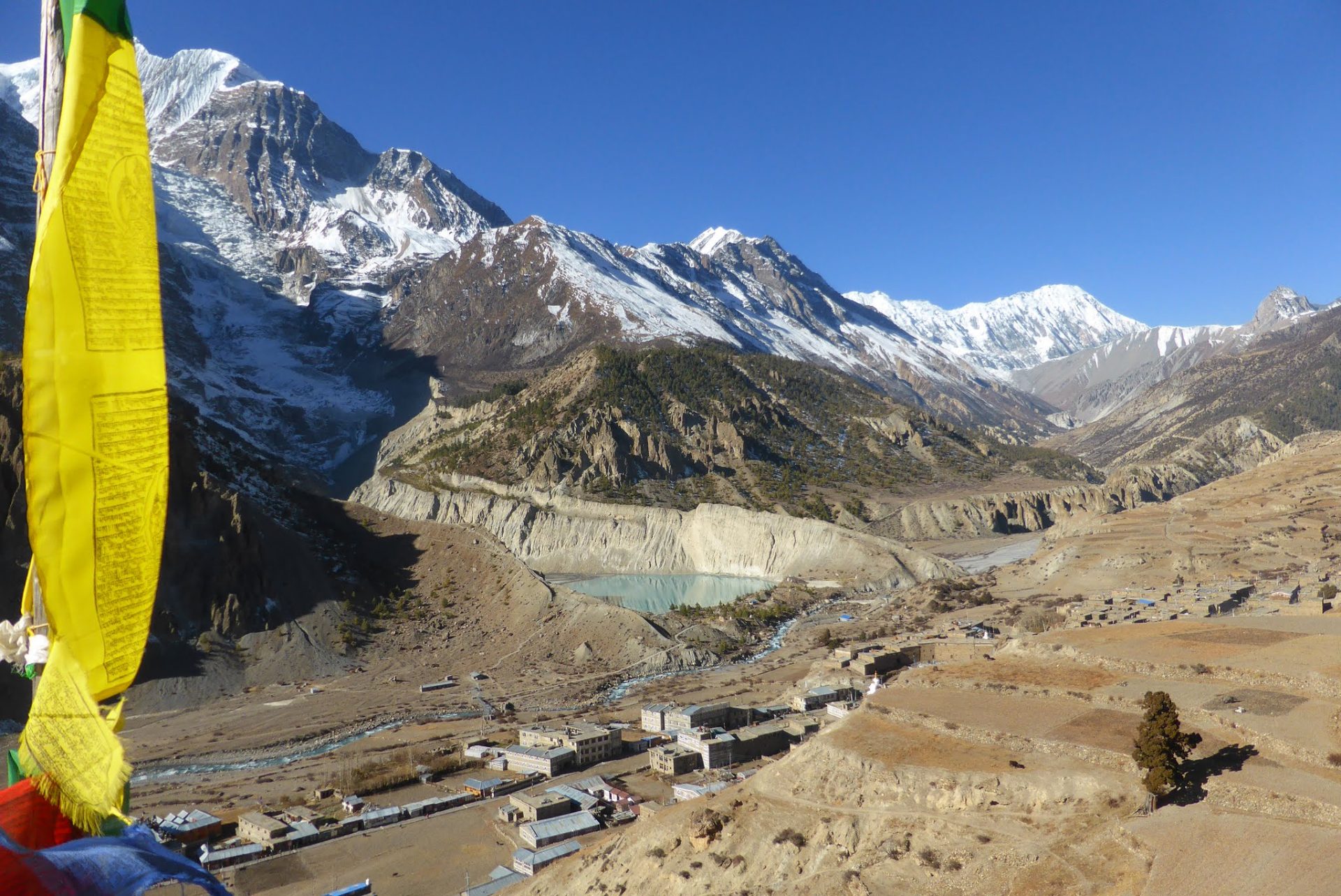What are top trekking routes in Nepal : From Everest Base Camp to Dolpo, Mustang & Makalu
When you think of Nepal, chances are the first image that pops up is the towering white pyramid of Mount Everest. But ask any traveler who has laced up their boots and set out on Nepal’s trails, and they’ll tell you: this country is far more than just its tallest peak. Nepal is a living tapestry of mountains, valleys, rivers, forests, and villages where time seems to move at its own rhythm.
Trekking here isn’t just about reaching a destination; it’s about the people you meet, the cultures you stumble upon, and the slow, humbling beauty of the Himalayas unfolding one step at a time.
In this post, let’s explore Nepal’s trekking routes—an overview of the classics everyone dreams of and the remote adventures only a few dare to explore.
Top Trekking Routes in Nepal: From Everest Base Camp to Dolpo, Mustang & Makalu
Everest Region (Khumbu)
- Everest Base Camp Trek – the iconic trail to the foot of the world’s highest peak.
- Gokyo Lakes Trek – turquoise lakes and sweeping views from Gokyo Ri.
- Three Passes Trek – a high-adventure route crossing Kongma La, Cho La, and Renjo La.
Annapurna Region
- Annapurna Circuit – “the greatest trek on Earth,” circling valleys, passes, and cultural mosaics.
- Annapurna Base Camp (ABC) – into the heart of the sanctuary, surrounded by peaks.
- Ghorepani Poon Hill – short and sweet, perfect for sunrise seekers.
Langtang Region
- Langtang Valley Trek – a glacier-carved valley just a few hours from Kathmandu.
- Gosainkunda & Helambu – sacred lakes shimmering in alpine landscapes.
Manaslu & Tsum Valley
- Manaslu Circuit – rugged trails circling the world’s eighth-highest mountain via the Larke La Pass (5,106m).
- Tsum Valley – a spiritual hidden valley of monasteries, meditation caves, and Tibetan Buddhist culture.
Nar and Phu Valley
Hidden beyond the Annapurna range, Nar and Phu are ancient Himalayan settlements where Tibetan culture thrives. Dramatic gorges, medieval forts, and the crossing of Kang La Pass make this trek unforgettable.
Mustang & Teri La Pass
- Upper Mustang – a former kingdom with desert landscapes, walled cities, and the famous Tiji Festival.
- Teri La Pass Trek – a demanding expedition linking Upper Mustang to Nar–Phu via a 5,595m pass.
Dolpo Region
- Lower Dolpo & Shey Phoksundo Lake – a turquoise lake ringed by barren cliffs.
- Upper Dolpo – remote plateaus and monasteries, made famous by The Snow Leopard.
Kanchenjunga Region
- Kanchenjunga North & South Base Camps – treks to the base of the world’s third-highest mountain. Pristine, wild, and sparsely trekked.
Makalu Base Camp Trek
Makalu (8,481m) is the world’s fifth-highest mountain, and its base camp trek is a true wilderness journey. Starting from lush Arun Valley, you ascend through rhododendron forests, cross high passes like Shipton La, and reach the stark, icy world beneath Makalu. Few trekkers come this way, making it perfect for those seeking solitude and raw Himalayan adventure.
Why Trekking in Nepal is Unique: Top Trekking Routes in Nepal
- Unmatched Diversity – subtropical jungles to icy glaciers within days.
- Cultural Encounters – Sherpa, Tamang, Gurung, Thakali, and Tibetan communities each with distinct traditions.
- Teahouse Hospitality – staying in cozy mountain lodges makes trekking cultural as well as physical.
- Spiritual Landscapes – monasteries, prayer flags, and sacred peaks woven into daily life.
Best Time to Take Top Trekking Routes in Nepal
- Autumn (Sept–Nov): clear skies and peak season.
- Spring (Mar–May): rhododendron bloom and warmer weather.
- Winter (Dec–Feb): cold, but quiet trails for lower routes.
- Monsoon (Jun–Aug): lush landscapes; best for Mustang, Dolpo, and Nar–Phu (rain shadow).
Trekking Styles
- Teahouse trekking in popular routes.
- Camping trekking in remote regions (Dolpo, Kanchenjunga, Makalu, Teri La).
- Short treks like Poon Hill or Langtang.
- Long circuits like Annapurna, Manaslu, Kanchenjunga, or Makalu.
Practical Essentials
- Permits: National Parks and consrevation area entrance permit for Annapurna/Manaslu/Khumbu entry, restricted permits for Mustang, Dolpo, Nar–Phu, Kanchenjunga, Makalu.
- Guides & Porters: enrich the experience and ensure safety.
- Altitude Awareness: ascend gradually, hydrate, and know the signs of AMS.
- Packing: warm layers, waterproof gear, sturdy boots, trekking poles, purification tablets.
Trekking Responsibly
- Minimize waste, carry reusable bottles.
- Respect monasteries, prayer flags, and local customs.
- Stay in Nepali-owned lodges to keep money in local hands.

Conclusion: Trails for Every Dream
From the world-famous Everest Base Camp to the wild Makalu Base Camp, from Mustang’s desert plateaus to Dolpo’s turquoise lakes, Nepal’s trekking routes are not just trails – they’re journeys into landscapes, cultures, and self-discovery.
Whether you’re chasing bucket-list peaks or wandering forgotten valleys, every step in Nepal adds a story to your life.
Whether you’re chasing bucket-list peaks or wandering forgotten valleys, every step in Nepal adds a story to your life.
Trek Nepal With Red Reach Himalaya
If you’re ready to turn these trails from daydreams into real footsteps, Red Reach Himalaya is here to guide the way. We’re a locally owned adventure company that believes trekking is about more than just reaching a destination – it’s about connection: to the land, to the culture, and to yourself.
Here’s what we do:
- Tailor-made trekking itineraries in all regions of Nepal—from Everest and Annapurna to Dolpo, Mustang, Nar–Phu, Makalu, and beyond.
- Experienced local guides and porters who know the trails like the back of their hand.
- Authentic cultural encounters—because the stories you collect are just as important as the mountains you see.
- Responsible travel practices, ensuring your journey supports local communities and leaves the trails pristine for future generations.
Ready to plan your trek? Contact us at:
Red Reach Himalaya Trek ,WhatsApp or viber: +977 9851002789, Your Himalayan adventure is waiting! Red reveiws in Trip Avisor and Google for our guides!











